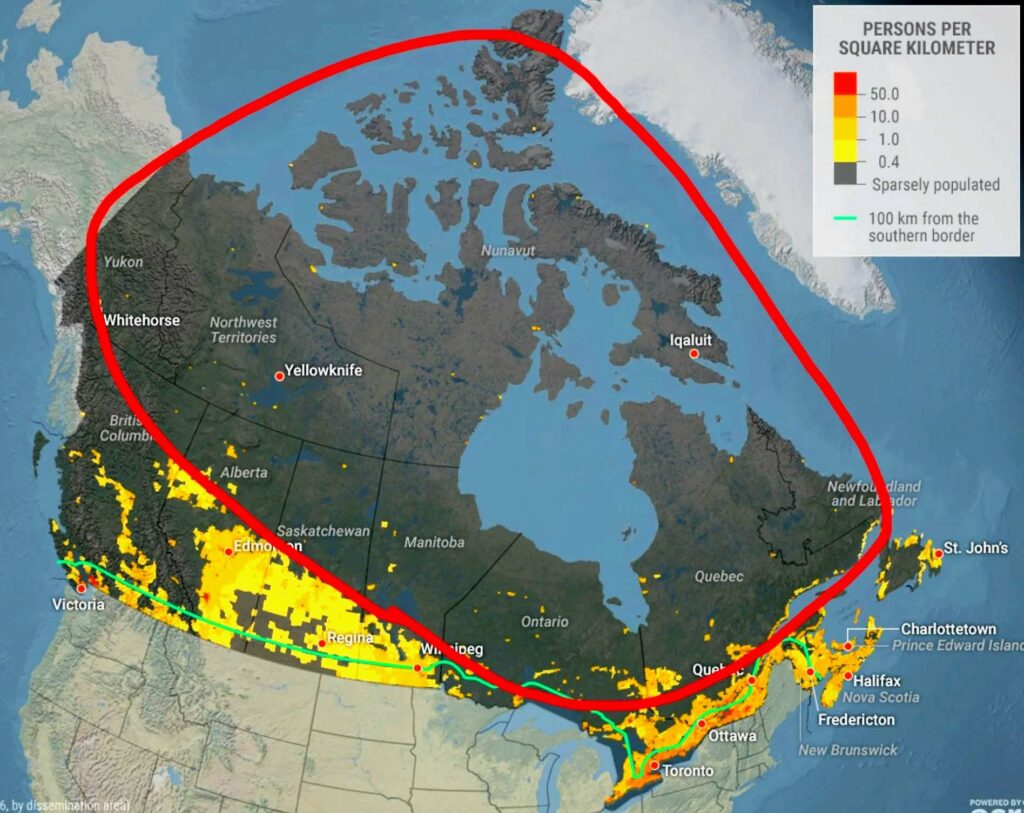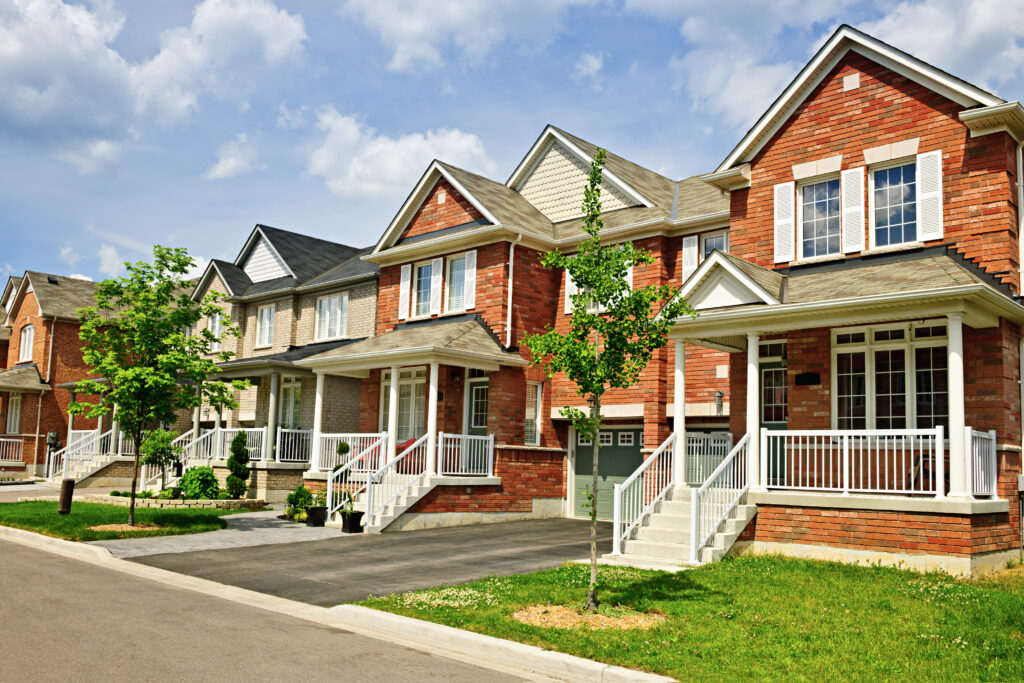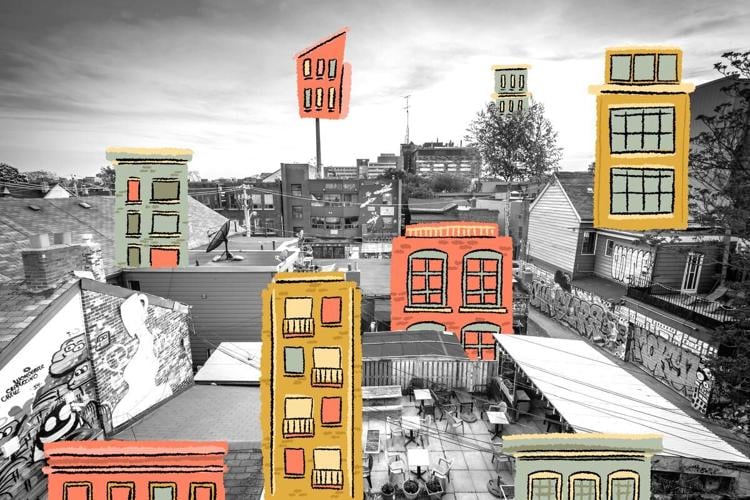
Understanding Canada’s Housing Crisis: More Than Just a Land Issue
Canada’s housing crisis has been a growing concern for years, with skyrocketing home prices, increasing rent, and a lack of affordable housing options. Yet, when looking at a map, one might ask: If Canada has so much land, why not build houses within the red circle?
The reality is that the housing crisis is not simply a matter of available land. It’s a multi-faceted issue driven by factors such as high construction costs, workforce shortages, inflation, and a real estate market that treats housing as a speculative asset rather than a basic human right.

The Myth of Unlimited Land for Housing
Canada may have vast amounts of land, but much of it is inhospitable for residential development. The so-called “red circle” people reference often includes areas with extreme climates, limited infrastructure, and legal restrictions on development. Here’s why housing expansion into these regions is not feasible:
1. Ownership and Legal Restrictions
- A significant portion of Canada’s land is protected under Indigenous land treaties, national parks, and conservation efforts.
- Many areas within the so-called “red circle” are environmentally sensitive and home to protected wildlife, including polar bears and migratory birds.
2. Extreme Weather and Infrastructure Challenges
- Northern Canada experiences subarctic and arctic conditions, making it nearly impossible to build conventional housing.
- The lack of roads, sewage systems, and utilities means that developing these areas would require billions in infrastructure investments.

3. Construction Costs and Labor Shortages
- Even in urban centers, construction costs are soaring due to rising material prices and a shortage of skilled labor.
- Building in remote locations would require transporting materials across long distances, significantly increasing costs.
The True Causes of the Housing Crisis
Instead of focusing on “unused” land, Canada needs to address the real issues fueling the housing crisis:
- Cost of Living and Rent Prices: Wages have not kept pace with rising rent and home prices.
- Inflation and Interest Rates: Higher borrowing costs make homeownership increasingly unattainable.
- Real Estate Speculation: Investors and foreign buyers treat housing as an asset rather than a basic necessity, driving up prices.
- Slow Zoning and Permitting Processes: Bureaucratic red tape delays construction, limiting housing supply.

The Solution Lies in Policy, Not Empty Land
Canada’s housing crisis won’t be solved by pointing to empty spaces on a map. Instead, real change will come from policies that promote affordable housing, regulate speculative investment, and improve wages to keep up with the cost of living.
Rather than imagining homes in a frozen tundra, the focus should be on making cities more livable, investing in infrastructure, and ensuring housing remains a fundamental right rather than a financial asset.

Leave a Reply